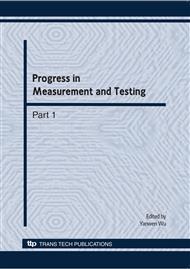p.783
p.789
p.795
p.799
p.805
p.811
p.817
p.823
p.828
Car-Following Model Calibration and Analysis of Intra-Driver Heterogeneity
Abstract:
This paper presents a methodology for car-following models calibration with vehicle trajectory data. A two-step optimization method is performed for searching the best-fit parameters of two popular car-following models, namely, the Helly model and the IDM model. The model calibration results verify the validity of the optimization method. Based on the results of calibrations, the intra-driver heterogeneity of driving behavior between the acceleration process and the deceleration process is studied. It is found that obvious intra-driver heterogeneities exist in driving behaviours between acceleration processes and deceleration processes of car-following. Besides, some criteria are proposed for the selection of sub-trajectories corresponding to both the acceleration and the deceleration processes of car-following. This work not only develops a general approach for car-following model calibration with vehicle trajectory data, but also provides insight into the intra-driver heterogeneity in car-following behaviours.
Info:
Periodical:
Pages:
805-810
Citation:
Online since:
May 2010
Price:
Сopyright:
© 2010 Trans Tech Publications Ltd. All Rights Reserved
Share:
Citation:


